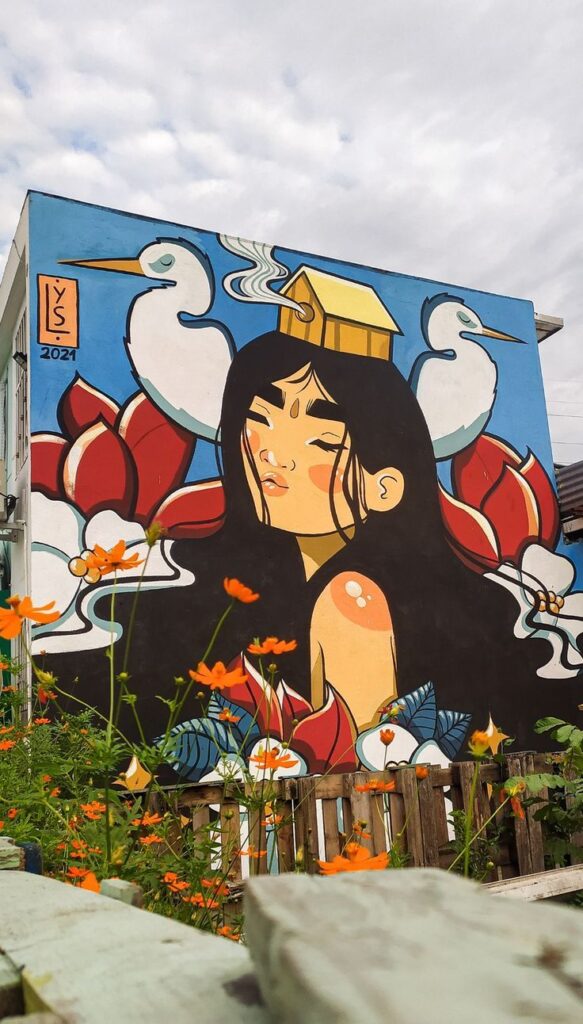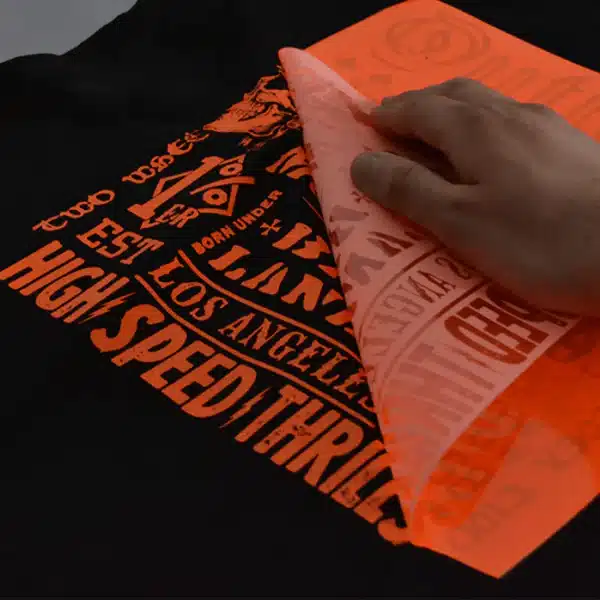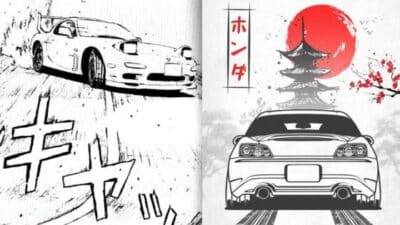Street art brings bold colors, shapes, and ideas straight from the streets to the world of drawing and fashion. Many artists and designers find inspiration in the raw, expressive style of graffiti and urban murals. Using street art motifs in drawings and clothing can add energy and personality that feels fresh and authentic.
People can take elements like spray paint textures, abstract patterns, and vibrant color splashes and turn them into unique designs. This style works well on everything from t-shirts to hats, making clothing stand out with a creative edge.
By blending street art with personal creativity, anyone can create original looks that connect with urban culture. It’s a great way to bring a bit of city life into everyday style and artwork.
Understanding Street Art Motifs
Street art motifs come from a mix of urban styles, deep meanings, and important art movements. These elements give street art its unique look and message. Knowing what shapes, symbols, and styles are used helps artists bring these ideas into their own drawings and clothing designs.
Exploring Iconic Urban Styles


Urban styles in street art include graffiti, stencil art, and murals. Graffiti often uses bright colors and bold letters to grab attention.
Stencils help create quick, repeatable images, like symbols or faces. Murals are large, detailed paintings that tell stories or highlight community issues.


These styles often mix traditional patterns or cultural symbols, making the art both modern and personal to the city’s history. Understanding these styles helps artists decide which look fits their project best.
Symbolism and Meaning in Street Art


Street art is full of symbols that reflect social issues, culture, or identity.
Common symbols include political slogans, cultural icons, animals, and abstract shapes. Each symbol can mean different things, depending on where it appears or who made it.
For example, a dove might symbolize peace, while graffiti tags show the artist’s identity. Artists use these motifs to express ideas or emotions without words.
Street Art Movements and Influences

Street art has grown from simple graffiti tags to a respected art form tied to communities.
Movements like hip-hop culture and punk have influenced the styles and messages in street art. Technology has also changed how art is made and shared, spreading motifs worldwide.
Artists today blend old traditions with new trends, such as digital designs and fashion, creating fresh looks inspired by classic street art.
Incorporating Street Art Into Drawings
Street art has unique shapes, colors, and textures that artists can bring into their drawings. Using urban styles means capturing big, bold lines, playful colors, and the raw energy often found in murals. Creative exploration helps add life and personality to drawings by mixing different elements from street art.
Techniques for Translating Murals to Paper


To copy murals onto paper, artists start by observing large shapes and basic outlines first. They break down complex designs into simple parts. Using pencils or charcoal helps sketch these shapes lightly before adding details.


Artists often use grid methods to keep proportions right. This means drawing a grid on both the mural photo and the paper. It helps copy each part accurately, square by square. Working from big shapes to small details keeps the drawing balanced.
Using tools like markers or spray paint pens can mimic the look of street art’s bold lines. Layering lines and shading adds depth, like on walls.
Experimenting With Color and Texture


Colors in street art are often bright and contrast sharply. Mixing warm and cool colors creates energy and draws attention. Artists try using acrylics, markers, or colored pencils to recreate these colors.
Textures can be added by layering different media. For example, rough brush strokes or dots can imitate spray paint effects. Using sponges or stencils also helps create patterns similar to murals.
Trying different color blends and marks creates a lively, urban feel. Playing with light and dark areas makes the drawing more dynamic and real.
Designing Original Graffiti Elements


Instead of just copying, artists can create graffiti designs inspired by street art’s style. This includes bold letters, abstract shapes, or simple characters. Using stylized fonts, artists bend and stretch letters, adding drips or cracks.
They often blend symbols or messages that fit personal ideas. Sketching many versions quickly helps find the best shapes and flow.
Adding backgrounds or borders with splatters or lines can make designs pop. Original graffiti allows freedom while keeping the spirit of street art alive.
Personalizing Your Drawing With Urban Flair


Adding personal touches is key to making street art drawings stand out. Artists use themes that matter to them, like city life, music, or social messages. Small details like tags, arrows, or stickers can make drawings feel more real.
Using unexpected color combos or mixing styles creates a unique style. Combining street art with other art forms, like comics or traditional drawing, also adds character.
Personal flair gives drawings an authentic urban look and shows the artist’s voice through their work.
Street-Inspired Fashion Design
Street art offers bold shapes, bright colors, and unique patterns that can easily transform drawings and clothing. Using these elements carefully helps create original fashion that feels urban and fresh.
Choosing Street Art Patterns for Clothing


When picking street art patterns, it’s important to focus on parts that work well on fabric. Bold lines, geometric shapes, and bright colors usually stand out best. Abstract motifs or graffiti letters add energy to clothes.
Look for patterns with clear contrast. This helps designs show up on different types of fabric. Simpler designs often translate better on T-shirts or jackets.
Consider the message or feeling behind the art. Street art often communicates rebellion, freedom, or creativity. Choosing a pattern that matches the mood of the clothing makes the design more meaningful.
DIY Methods for Transferring Motifs


There are easy ways to put street art designs onto clothes at home. One way is using stencils. Cut a pattern from thick paper, then spray or dab fabric paint over it.
Another method is heat transfer paper. Print the design on the paper, then use an iron to press it onto the fabric.


For a more textured look, try fabric markers or spray paints to recreate graffiti details directly on the garment.
Simple tools like brushes, sponges, and tape can help control the paint and keep the design clean.
Collaborating With Local Street Artists
Working with street artists brings fresh ideas and authentic styles to fashion projects. Artists provide unique motifs and often enjoy seeing their work on clothing.
Finding artists can start by visiting local street art spots or social media. Clear communication about the project and expectations helps build good partnerships.
Agreements on payment, credit, and usage rights should always be made. This protects both artists and designers.
Collaborations can also include live painting sessions at events, which creates buzz and connects audiences with the street art culture.
Showcasing and Sharing Your Creations
Sharing urban-inspired art helps build a visible presence and connect with like-minded people. Showing work clearly and professionally increases the chance of getting noticed and appreciated.
Building a Portfolio of Urban-Inspired Art

A strong portfolio should include a variety of street art motifs and styles. It is important to organize pieces by theme, technique, or project to tell a clear story.
Using both digital and physical formats is helpful. Digital portfolios allow easy sharing through email or social media. Physical copies can impress in interviews or events.
Keeping the portfolio updated with new work shows growth and keeps interest alive. Adding short descriptions or the story behind each piece adds value and context to viewers.
Tips for Photographing Street-Style Pieces
Good photos highlight details like texture, color, and angles. Natural light works best to capture authentic colors without glare or shadows.
Use a plain background to avoid distractions. Close-up shots show intricate parts, while wide shots show the full design.
Taking multiple photos from different perspectives allows for selecting the best ones later. Editing tools can improve brightness and contrast but should not alter the original look too much.
Connecting With the Street Art Community

Joining local art groups or online forums helps find support, feedback, and collaboration opportunities. Many artists share tips and events on social media.
Attending gallery shows, street fairs, or art walks is a way to meet others in person. This can lead to commissions or partnerships.
Respecting the culture behind street art and giving credit when inspired by others strengthens community ties and builds trust.
- 6shares
- Facebook0
- Pinterest6
- Twitter0


